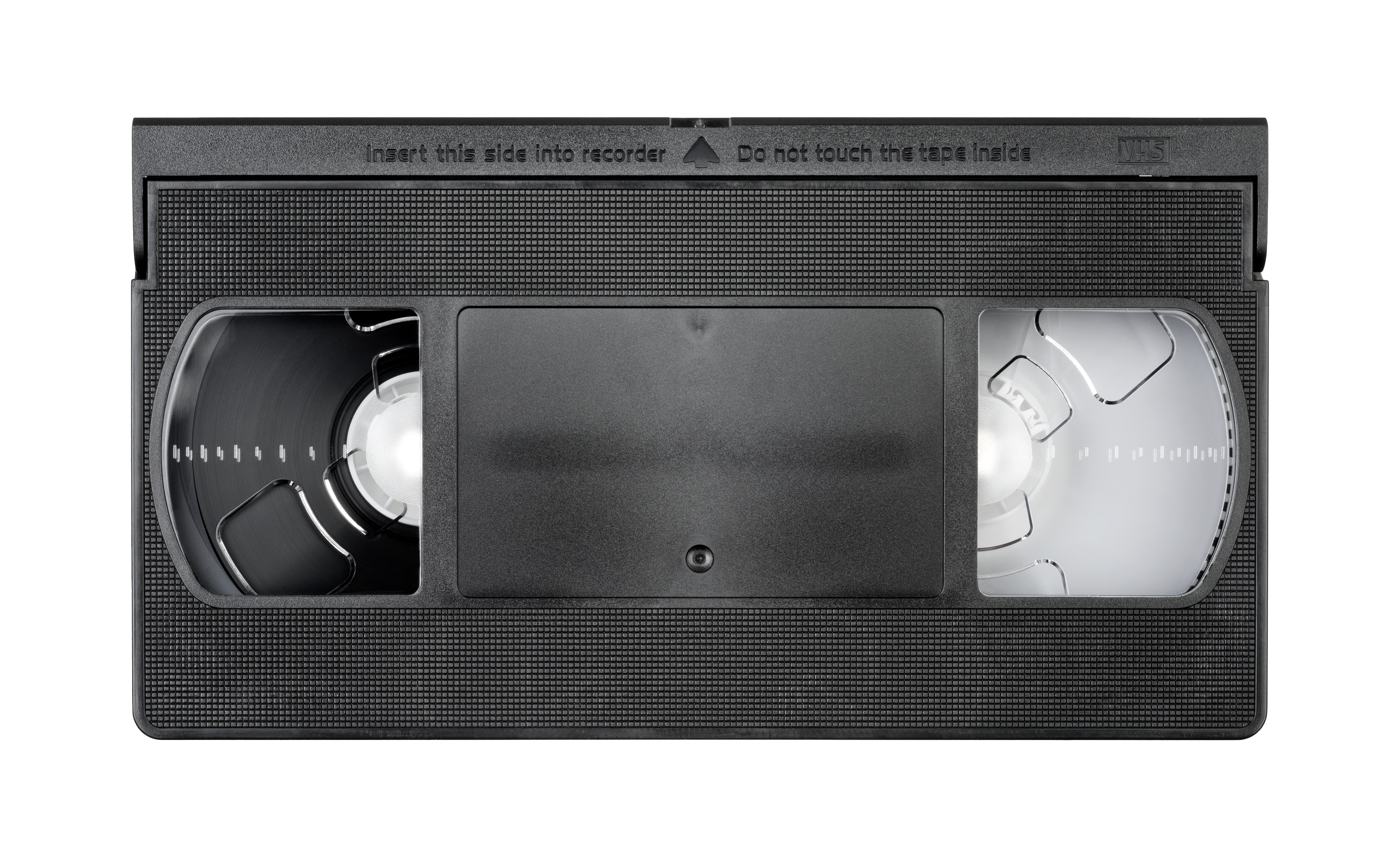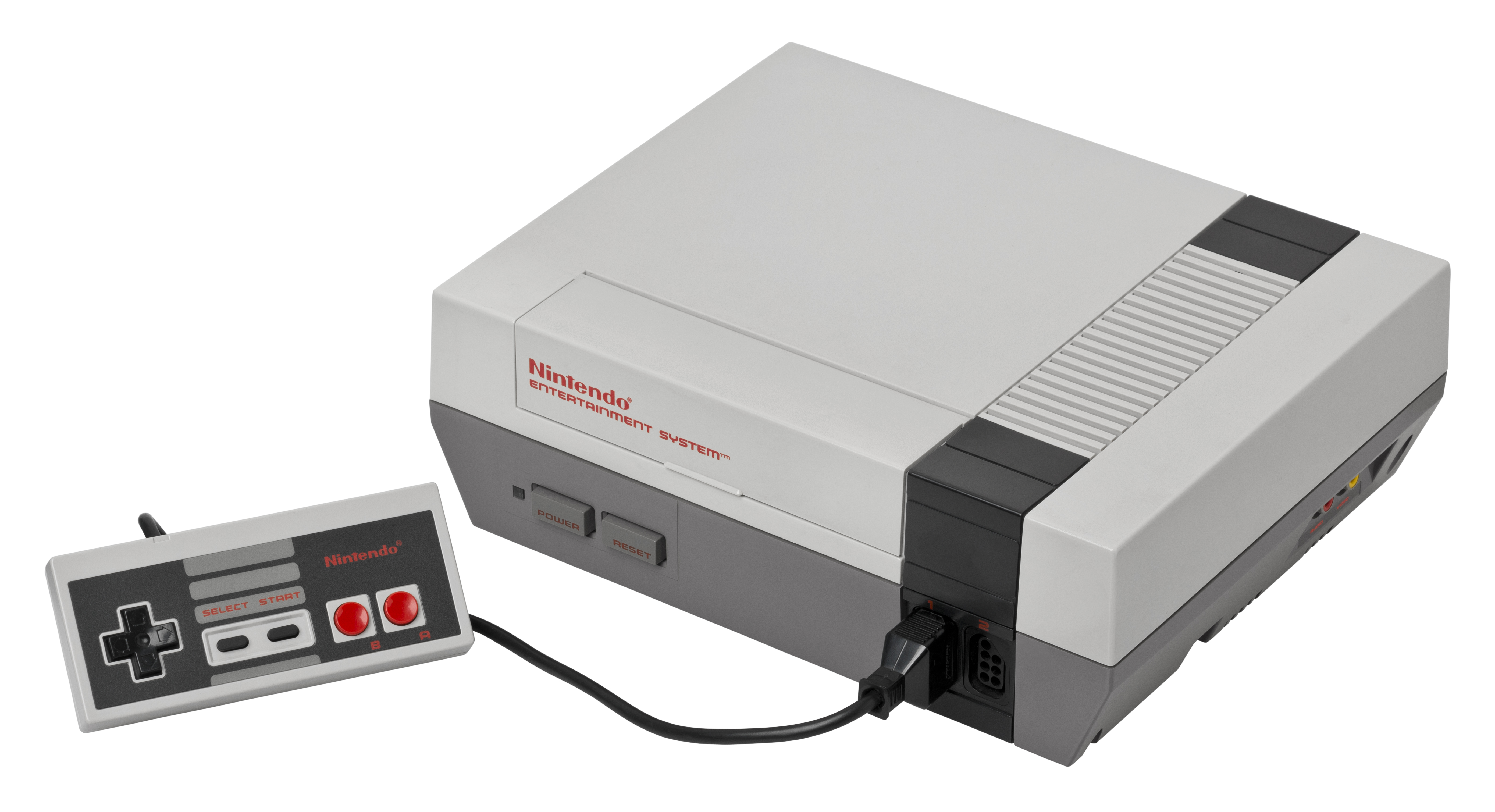|
Doctor Who And The Mines Of Terror
''Doctor Who and the Mines of Terror'' is a game for the Amstrad CPC, BBC Micro and Commodore 64. It was first released by Micro Power on the BBC Micro in 1985, and on the Amstrad CPC & C64 in 1986. Gameplay left, In-game screenshot (BBC Micro) The game's play centres on the player's character of the Doctor (specifically his sixth incarnation), and his robotic programmable cat Splinx. The goal of the game is to halt the Master's production of Heatonite, retrieve stolen plans for the Time Lords, and return safely. The game's screen always has the player in the centre, and depending on the direction of movement, the entire screen scrolls horizontally, vertically, or diagonally. The player can move freely, but can die in many ways: monster attack, robot attack, too great a fall, forced regeneration, lack of oxygen, and sharp spikes. Enemies include patrolling robots that resemble the Daleks; however, the actual name and exact design of the Daleks was not used due to the rights t ... [...More Info...] [...Related Items...] OR: [Wikipedia] [Google] [Baidu] |
Micro Power
Micro Power was a British company established in the early 1980s by former accountant Bob Simpson. The company was best known as a video game publisher, originally under the name Program Power. It also sold many types of computer hardware and software (both its own and third-party) through its Leeds 'showroom' or via mail order. Games From 1980 to 1987 the company published a number of video games and other software for various home computers. The earliest programs were released for the Acorn Atom but Micro Power is best remembered for its games for that machine's successor, Acorn's BBC Micro (with all but two of its post-Atom games running on that machine). A large selection of games that could be (and weren't considered 'too old') were ported to the Acorn Electron after its release in 1983 and most new games were now released for these 2 machines in 1984. A few were also ported to other 8-bit platforms including Commodore 64, Amstrad CPC and ZX Spectrum but these never achiev ... [...More Info...] [...Related Items...] OR: [Wikipedia] [Google] [Baidu] |
Castle Quest (1985 Video Game)
''Castle Quest'' is action-adventure game for the BBC Micro noted at the time of release as being the best game on the platform in its genre for its problem solving, colourful graphics and smooth scrolling. Gameplay The game is set in a wizard's castle, the player's task being to find the treasure. It employs "very smooth" side-scrolling (termed 'Scrollerama') and imperfect vertical scrolling. Play includes climbing ladders, which are sufficiently wide to simplify this aspect of gameplay. Various objects can be found and used to solve problems. These include everyday items, furniture, specialist equipment and valuables. Other characters include guards, animals, a witch and the wizard. Control is via the keyboard, with 13 keys having various uses, for example accessing the inventory of objects carried in the backpack, viewing off-screen to left/right. Play requires both dexterity and lateral thinking. A saved game facility is not provided. Scores are awarded based on progre ... [...More Info...] [...Related Items...] OR: [Wikipedia] [Google] [Baidu] |
Video Games Developed In The United Kingdom
Video is an electronic medium for the recording, copying, playback, broadcasting, and display of moving visual media. Video was first developed for mechanical television systems, which were quickly replaced by cathode-ray tube (CRT) systems which, in turn, were replaced by flat panel displays of several types. Video systems vary in display resolution, aspect ratio, refresh rate, color capabilities and other qualities. Analog and digital variants exist and can be carried on a variety of media, including radio broadcast, magnetic tape, optical discs, computer files, and network streaming. History Analog video Video technology was first developed for mechanical television systems, which were quickly replaced by cathode-ray tube (CRT) television systems, but several new technologies for video display devices have since been invented. Video was originally exclusively a live technology. Charles Ginsburg led an Ampex research team developing one of the first pract ... [...More Info...] [...Related Items...] OR: [Wikipedia] [Google] [Baidu] |
Video Games Based On Doctor Who
Video is an electronic medium for the recording, copying, playback, broadcasting, and display of moving visual media. Video was first developed for mechanical television systems, which were quickly replaced by cathode-ray tube (CRT) systems which, in turn, were replaced by flat panel displays of several types. Video systems vary in display resolution, aspect ratio, refresh rate, color capabilities and other qualities. Analog and digital variants exist and can be carried on a variety of media, including radio broadcast, magnetic tape, optical discs, computer files, and network streaming. History Analog video Video technology was first developed for mechanical television systems, which were quickly replaced by cathode-ray tube (CRT) television systems, but several new technologies for video display devices have since been invented. Video was originally exclusively a live technology. Charles Ginsburg led an Ampex research team developing one of the first practical ... [...More Info...] [...Related Items...] OR: [Wikipedia] [Google] [Baidu] |
Cancelled ZX Spectrum Games
Cancel or cancellation may refer to: * Flight cancellation and delay, not operating a scheduled flight Sociology * Cancel culture, boycott and ostracism calling out offensive behavior on social media or in real life Technology and science *Cancel leaf, a bibliographic term for replaced leaves in printed books *Cancellation property, the mathematical property if ''a''×''b'' = ''a''×''c'' then ''b'' = ''c'' **Cancelling out, a technique for simplifying mathematical expressions *Catastrophic cancellation, numerical error arising from subtracting approximations to nearby numbers *Noise cancellation, a method for reducing unwanted sound *Phase cancellation, the effect of two waves that are out of phase with each other being summed *Cancel message, a special message used to remove Usenet articles posted to news servers *Cancel character, an indication that transmitted data are in error or are to be disregarded * Resolution rule, in propositional logic a valid inference rule ... [...More Info...] [...Related Items...] OR: [Wikipedia] [Google] [Baidu] |
Commodore 64 Games
{{short description, None This is a list of games for the Commodore 64 personal computer system, sorted alphabetically. See Lists of video games for other platforms. Because of the length of the list, it has been broken down to two parts: * List of Commodore 64 games (A–M) * List of Commodore 64 games (N–Z) See also * Commodore 64 Games System * Commodore 64 ... [...More Info...] [...Related Items...] OR: [Wikipedia] [Google] [Baidu] |
BBC Micro And Acorn Electron Games
#REDIRECT BBC Here i going to introduce about the best teacher of my life b BALAJI sir. He is the precious gift that I got befor 2yrs . How has helped and thought all the concept and made my success in the 10th board exam. ... [...More Info...] [...Related Items...] OR: [Wikipedia] [Google] [Baidu] |
Amstrad CPC Games
Amstrad was a British electronics company, founded in 1968 by Alan Sugar at the age of 21. The name is a contraction of Alan Michael Sugar Trading. It was first listed on the London Stock Exchange in April 1980. During the late 1980s, Amstrad had a substantial share of the PC market in the UK. Amstrad was once a FTSE 100 Index constituent, but since 2007 has been wholly owned by Sky UK. , Amstrad's main business was manufacturing Sky UK interactive boxes. In 2010, Sky integrated Amstrad's satellite division as part of Sky so they could make their own set-top boxes in-house. The company had offices in Kings Road, Brentwood, Essex. History 1960s and 1970s Amstrad (also known as AMSTrad) was founded in 1968 by Alan Sugar at the age of 21, the name of the original company being AMS Trading (Amstrad) Limited, derived from its founder's initials (Alan Michael Sugar). Amstrad entered the market in the field of consumer electronics. During the 1970s they were at the forefro ... [...More Info...] [...Related Items...] OR: [Wikipedia] [Google] [Baidu] |
1985 Video Games
1985 saw many sequels and prequels in video games, such as '' Super Mario Bros.'' and ''Kung Fu'', along with new titles such as ''Commando'', '' Duck Hunt'', ''Gauntlet'', ''Ghosts 'n Goblins'', '' Gradius'', '' Hang-On'', ''Space Harrier'' and '' The Way of the Exploding Fist''. The year's highest-grossing arcade video games were '' Hang-On'' and '' Karate Champ'' in the United States, and ''Commando'' in the United Kingdom. The year's bestselling home system was the Nintendo Entertainment System (Famicom) for the second year in a row, while the year's bestselling home video game was ''Super Mario Bros.'' Financial performance In the United States, annual home video game sales fell to ( adjusted for inflation) in 1985. Meanwhile, the arcade game industry began recovering in 1985. Highest-grossing arcade games Japan In Japan, the following titles were the top-grossing arcade video games on the bi-weekly '' Game Machine'' charts in 1985. United Kingdom and United States In ... [...More Info...] [...Related Items...] OR: [Wikipedia] [Google] [Baidu] |
Aktueller Software Markt
''Aktueller Software Markt'' (literally ''Current Software Market''), commonly known by its acronym, ''ASM'', was a German multi-platform video game magazine that was published by Tronic-Verlag from 1986 until 1995. It was one of the first magazines published in Germany focused on video games, though the first issues of ''ASM'' covered the software market in general for almost all platforms at this time, hence the magazine's full name.Editorial ''ASM'' (Tronic Verlag), March 1986: " ..Wir haben unser Magazin mit einer Flut an Information über Action-Games, Adventures, Anwenderprogramme, Sound-Software, Lernprogramme oder Denk- und Strategiespiele „vollgepfropft“. .., roughly "We have filled our magazine with a lot of ... [...More Info...] [...Related Items...] OR: [Wikipedia] [Google] [Baidu] |
Zzap!64
''Zzap!64'' was a computer games magazine covering games on the Commodore International series of computers, especially the Commodore 64 (C64). It was published in the UK by Newsfield Publications Ltd and later by Europress Impact. The magazine launched in April, with the cover date May 1985, as the sister magazine to '' CRASH''. It focused on the C64 for much of its shelf life, but later incorporated Amiga game news and reviews. Like ''CRASH'' for the ZX Spectrum, it had a dedicated cult following amongst C64 owners and was well known for its irreverent sense of humour as well as its extensive, detailed coverage of the C64 scene. The magazine adopted an innovative review system that involved the use of the reviewers' faces, artistically rendered by in-house artists Oli Frey and Mark Kendrick, to express their reaction to the games. These eventually evolved into static cartoons as the magazine began catering for a younger market. By 1992, the magazine had changed so dramatical ... [...More Info...] [...Related Items...] OR: [Wikipedia] [Google] [Baidu] |
Read-only Memory
Read-only memory (ROM) is a type of non-volatile memory used in computers and other electronic devices. Data stored in ROM cannot be electronically modified after the manufacture of the memory device. Read-only memory is useful for storing software that is rarely changed during the life of the system, also known as firmware. Software applications (like video games) for programmable devices can be distributed as plug-in cartridges containing ROM. Strictly speaking, ''read-only memory'' refers to memory that is hard-wired, such as diode matrix or a mask ROM integrated circuit (IC), which cannot be electronically changed after manufacture. Although discrete circuits can be altered in principle, through the addition of bodge wires and/or the removal or replacement of components, ICs cannot. Correction of errors, or updates to the software, require new devices to be manufactured and to replace the installed device. Floating-gate ROM semiconductor memory in the form of era ... [...More Info...] [...Related Items...] OR: [Wikipedia] [Google] [Baidu] |




